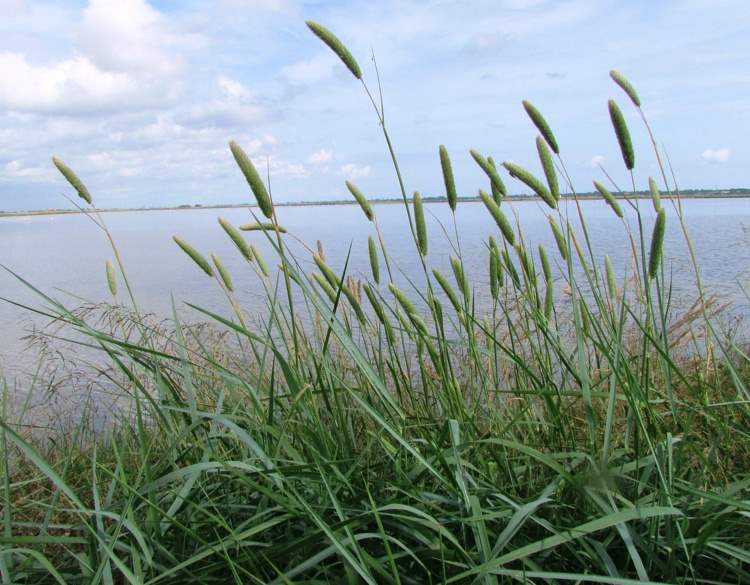Phalaris paradoxa: Red Data Book of Armenia

EN* B 1 ab(iii) + 2 ab(iii)
Category. Endangered species. Only one sub–population is known. The extent of occurrence and the area of occupancy are less than 100 km2. In Armenia the species faces extinction caused by the changes in habitat conditions. Since the general area of distribution of the species is situated beyond the borders of Armenia the category of threat has been downgraded to EN. It was included in the first edition of the Red Data Book of Armenia under Category 2: Rare species. It is not included in the Annexes of CITES and that of the Bern Convention.
Description. Annual plant. Stems 10–15 cm, from the base fasciculately branched. Sheath of the upper leaf inflated. Panicle dense, clavate, at base narrowed, 2–7 x 1–2 cm. Lemma shiny, 2,5–3,5 mm long.
Distribution. In Armenia it occurs only in Yerevan (surroundings of Voghchaberd village) floristic region. AOO is 12 km2, the number of locations is 1. Besides Armenia the species grows in the East Caucasus and Transcaucasia, South Europe, countries of the Mediterranean Sea basin, Iraq, Iran, Afghanistan.
Ecological, biological and phytocoenological peculiarities. Grows in middle mountain belt, at the altitudes of 1200–1600 meters above sea level, in the steppes, on the clays of Tertiary period, on dry stony slopes. Flowering from April to June, fruiting from June to July.
Limiting factors. Restricted extent of occurrence and area of occupancy, loss/degradation of habitats caused by the expansion of arable lands, grazing and global climate change.
Conservation actions. Part of the population is conserved in "Erebuni" State Reserve. Necessary: monitoring of the population state.
Suggestions
 The Ministry of Environment sent a letter international partners to draw their attention to the real danger of environmental disasters as a result of Azerbaijan's large-scale aggression towards the territory of Armenia
The Ministry of Environment sent a letter international partners to draw their attention to the real danger of environmental disasters as a result of Azerbaijan's large-scale aggression towards the territory of Armenia
 Vicia pisiformis: Red Data Book of Armenia
Vicia pisiformis: Red Data Book of Armenia
 Vavilovia formosa: Red Data Book of Armenia
Vavilovia formosa: Red Data Book of Armenia
 Trigonella capitata: Red Data Book of Armenia
Trigonella capitata: Red Data Book of Armenia
 Trigonella astroides: Red Data Book of Armenia
Trigonella astroides: Red Data Book of Armenia












